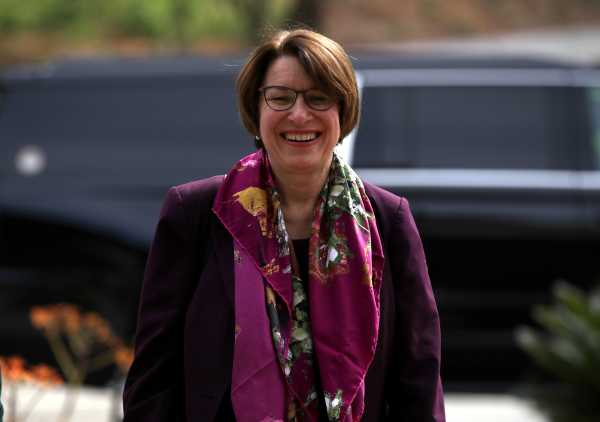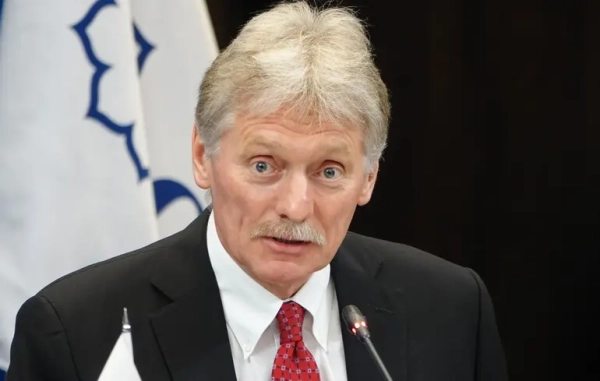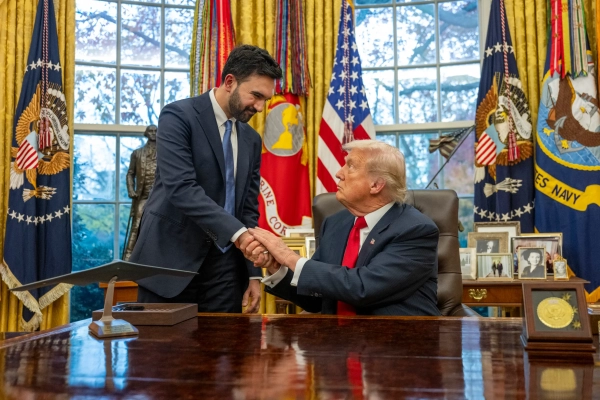
It’s infrastructure week for Amy Klobuchar’s presidential campaign as the Minnesota Democrat rolls out a proposal for a $1 trillion infrastructure investment package.
If that number sounds familiar, you may recall that Donald Trump frequently promised an infrastructure plan on that scale during his 2016 campaign — one of several breaks with GOP policy orthodoxy that turned out not to amount to much once he won. Upon taking office, he repeatedly promised various plans, only to have his administration ultimately roll out a set of tax cut and privatization schemes that went nowhere in Congress.
In parallel to that, Senate Democrats coalesced around a plan to actually spend $1 trillion, with the money parceled out across various types of infrastructure. Klobuchar’s plan is fundamentally similar to that one — marking out a clear commitment to spend a bunch of money on various things while steering clear of any contentious reform ideas.
Klobuchar serves on the Senate’s Commerce and Transportation Committee, so she’s familiar with these issues, and none of her rivals in the crowded presidential field has staked out an infrastructure plan yet, making this an opportune target for her.
Klobuchar’s plan — infrastructure, not tax cuts
The central element in Klobuchar’s proposal is a $650 billion increase in federal spending on infrastructure programs.
She specifies rural broadband, municipal waterworks, energy efficiency retrofits, school construction, airports, seaports, inland waterways, and mass transit as all worthy of increased funding, along with — of course — highways and bridges.
$650 billion is less than $1 trillion, of course, so she gets to her total dollar figure by positing that a $25 billion seed investment in an infrastructure bank will allow state and local governments to secure an additional $200-300 billion in private funds for infrastructure projects.
The idea is to pay for this with higher corporate taxes — a mix of partially rolling back Trump’s rate cut and some loophole closures. That sets up a debate about America’s priorities: Will we build a more prosperous America by hoping that corporate tax cuts spur private sector investments that trickle down to create broad benefits, or should we just take the money and build some stuff?
From the standpoint of a tedious infrastructure nerd, however, Klobuchar’s proposal doesn’t really answer any of the interesting policy questions.
No priorities, no reforms
The obvious thing missing is any sense of how this money should be divided up.
Right now, federal money mostly funds new highway construction and much of it is relatively low value because the United States already has a lot of highways and the most useful ones already exist. Klobuchar name-checks a bunch of non-highway priorities but offers no opinion as to which of those are particularly important or whether traditional projects should be made less of a priority.
Another issue that’s gotten increasing attention in the press is the exorbitant cost of US tunnel-building (mostly a mass-transit problem, but highways go in tunnels too sometimes), which often makes it hard to get projects done.
Progressives have also raised a lot of concerns recently about the details of how infrastructure gets approved in the United States. Officials in Oregon, for example, are claiming that widening a highway in Portland will reduce greenhouse gas emissions on the logic that faster-moving cars will burn less fuel. Decades of research indicate that this is not the case and that the new, larger highway will induce more driving, but the project evaluation framework in the United States fundamentally does not incorporate this insight.
Klobuchar’s plan doesn’t really aim to change these structural features of US infrastructure policy, choosing instead to mostly emphasize the idea that we should put more money into it.
That’s all very much in keeping with Klobuchar’s normcore political persona. She’s not promising (or threatening) to transform America. She’s saying that we could have more of the nice stuff that people like if we spent money on building that stuff, rather than on tax cuts for the country’s most profitable companies.
Sourse: vox.com






